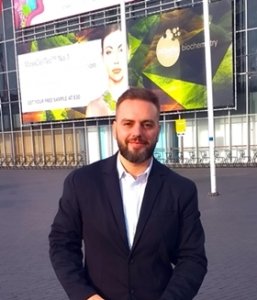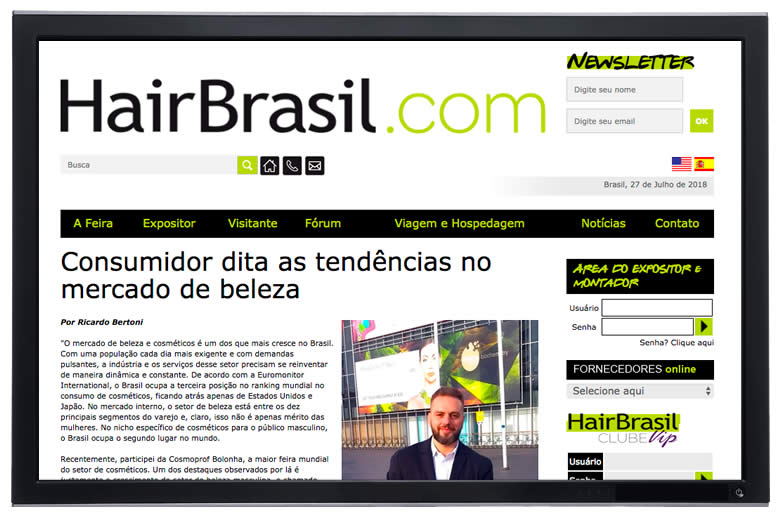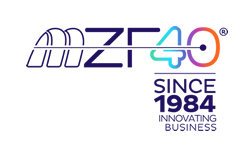Beauty market trends 2019

Consumer indicates beauty market trends for next year
(Ricardo Bertoni)
The beauty and cosmetics market is one of the fastest growing in Brazil. With an increasingly demanding population and pulsating demands, the industry and services in this sector need to reinvent themselves dynamically and constantly. According to Euromonitor International, Brazil ranks third in the world in cosmetics consumption, behind only the United States and Japan. In the domestic market, the beauty sector is among the top ten retail segments and, of course, this is not only to the credit of women. In the specific niche of cosmetics for the male public, Brazil ranks second in the world.
Recently, I participated in Cosmoprof Bologna, the world’s largest cosmetics fair. One of the highlights observed there is precisely the growth of the male beauty sector, the so-called men’s grooming. Although in a smaller scale than the female universe, it is already possible to observe lines of creams and treatments designed exclusively for men. The variety of perfumes, deodorants, and pre and post shaving cosmetics grows every day – and a lot in function of meeting a demand that was previously ignored.
Concerning to beard, it has been the protagonist of this change and has become a reference of beauty and vanity. Men’s grooming segment has gained so much strength that there is no lack of business opportunities and startups emerging in this segment. In recent years, we have seen the emergence of old-fashioned barbershops in major cities. There are chairs with leather upholstery, characteristic decoration, special razors, shampoo with beer essence, growth tonic, and a list of cosmetics and treatments that would make any female beauty salon jealous.
Another very strong trend at Cosmoprof Bologna is the natural and organic products segment. Driven by the macro trend of health and natural food, the beauty segment is already starting to consolidate product options for body, skin and hair that are developed with ingredients more connected to this lifestyle. The fact is that consumers are concerned about health, and in this sense natural products win much more points than products filled with heavy chemicals.
Within this niche there are two different but related demands, products of organic origin and natural products. The basic difference is that natural products suffer no – or very little – chemical interference. They are extracts and natural active ingredients with minimal industrial processes. Meanwhile, organic products are certified by regulatory bodies and only use compounds of organic origin in their composition.
Companies are also being pressured to be more transparent every day about their production process. Consumers want to know exactly what they are consuming; they demand that the composition of ingredients is on the label and in a way that they can understand. This transparency needs to permeate the organizations, far beyond stamping on the packaging and marketing of products the purpose of health and beauty. It is necessary that this is part of the company’s core business.
In this sense, quality seals, which attest to the quality of products and processes, and packaging aligned with this natural trend were the highlights during the fair. About packaging, it is becoming more conscious every day. They receive an outfit and design aligned with the purpose and concept of sustainability that is being employed in their materials. Some companies are even investing in components that are easy to recycle and in biodegradable substances. Even though they are more expensive alternatives, all of this serves to meet the expectations of these consumers.
It is possible to notice three other trends with regard to packaging. The first is size. Most companies are launching the same product in different dimensions and more compact packaging, which is the ball of the moment. The packaging life cycle is also being thought about and observed by cosmetics companies. Once again to meet the expectation of customers with respect to sustainability.
But what really surprised me were the smart package trends. This is a concept of interaction between online and offline that companies are proposing in their packaging. The idea is to make the consumer, armed with his mobile device, interact with the universe of the product still at the point of sale. This is a characteristic of the “packaging of the future”. Imagine applying a QR Code on the label and, when accessed, the consumer sees the storytelling behind the product formulation. It is an experience that can enrich the customer’s experience, make him interact with the brand, experience the result and, why not, create empathy for the production process. The novelty was so impacting that we are already working on the development of an institutional book that provides the interaction between the on and off world through the QR Code.
What caught my attention the most is that all the trends are in fact the result of a pressure that companies are already experiencing in their markets, due to changes in consumer behavior, which is every day more attuned, well-informed, and demanding. Brazil is one of the countries that most develops technology and beauty solutions for black skin, for example. Not for nothing, since half of our population is of African descent. Thus, the industry only responds to the demands of the consumer.
To grow, all that is needed is a keen eye. It is amazing how much an industry can grow and improve based on innovation to the trends of its market. The challenge is to make this information tangible and transform data into business. Getting from the world of ideas and bringing it to the real world, being able to apply the information in order to carry out the company’s strategic planning, is what will really make the difference for this market.
Founded in 1953, Mazzaferro operates in the multifilament and monofilament sector, developing nylon and polypropylene ropes, netting and accessories. The Monofilament unit, the largest producer of technical yarns in Latin America, serves more than 50 different production chains. This unit has three subdivisions: Household, Medical and Cosmetics.
Ricardo Bertoni is art director at Mazzaferro Color Charts, a reference in the cosmetics segment. A publicist with a post-graduate degree in design, he has been studying innovations in the beauty market and participating in the main global fairs in the sector.

Published on Hair Brasil website in May 11th, 2018:
hairbrasil.com/artigo/consumidor-dita-as-tendencias-no-mercado-de-beleza


